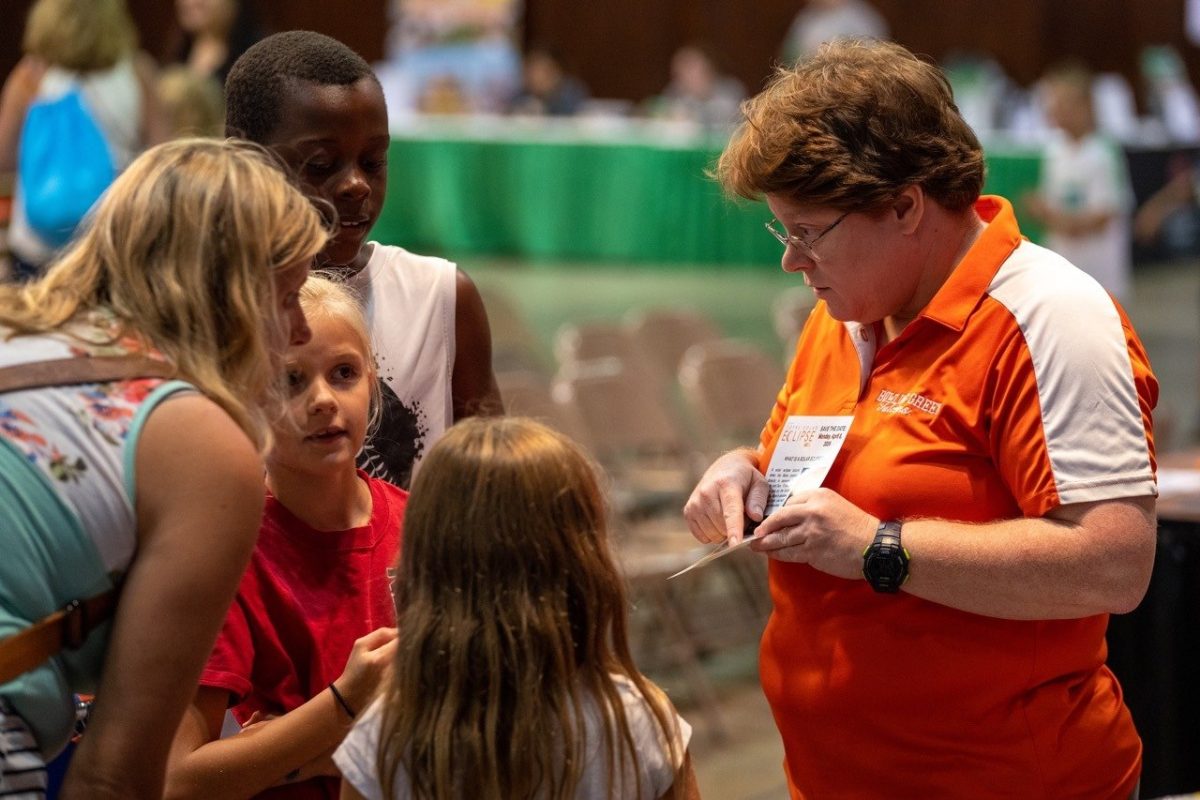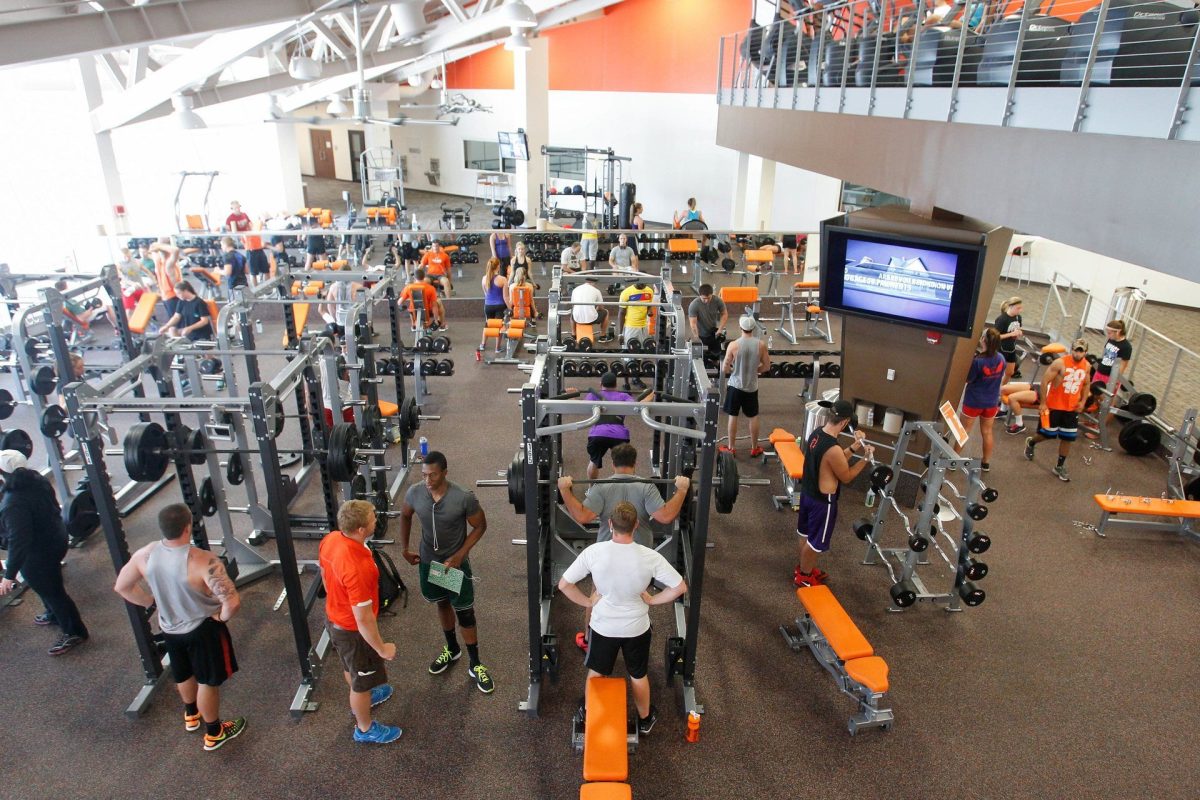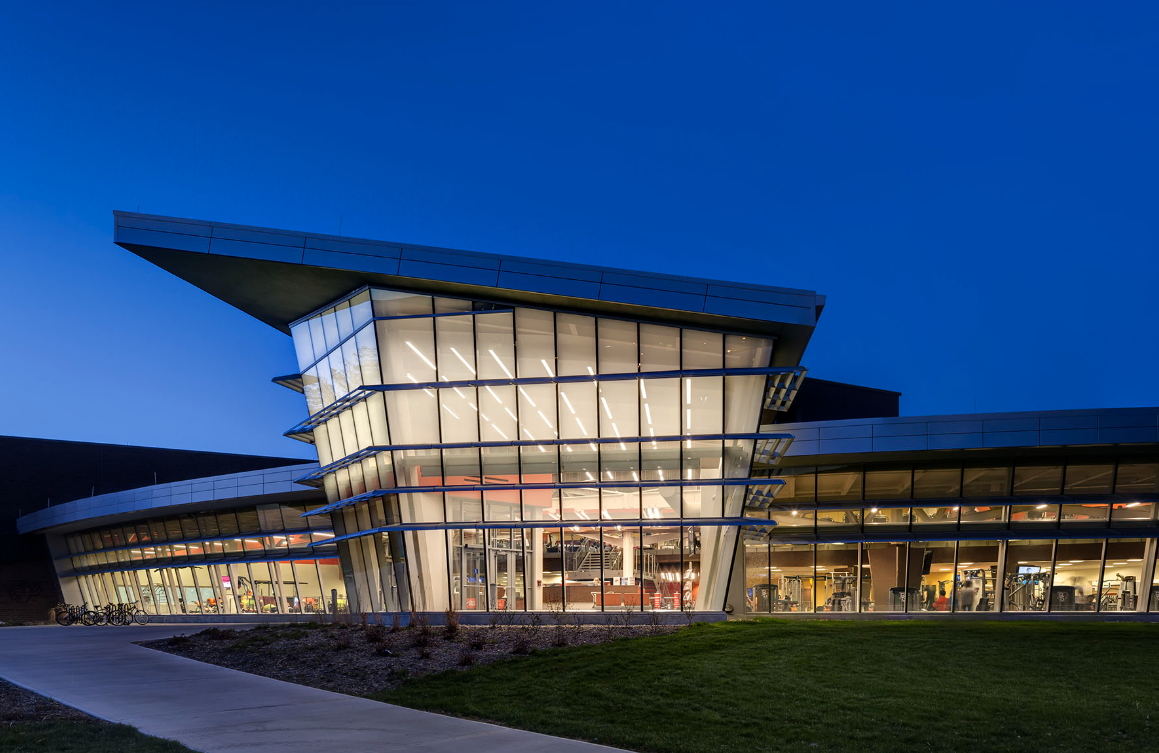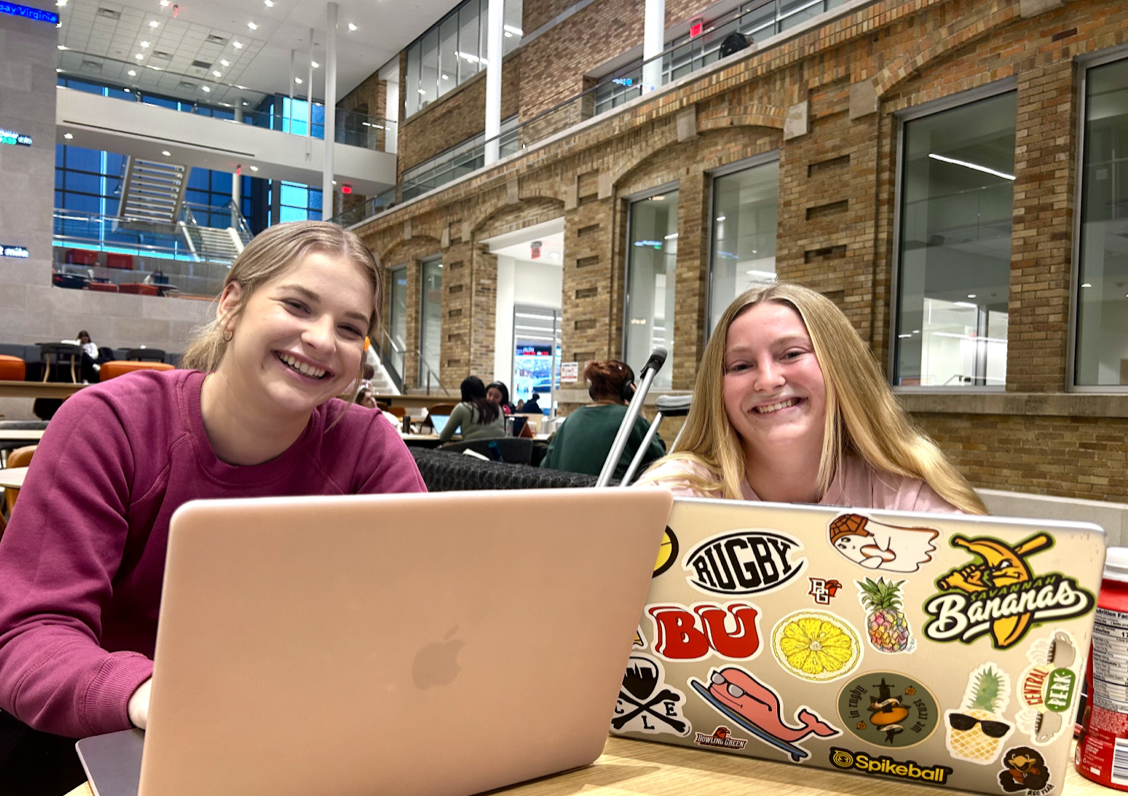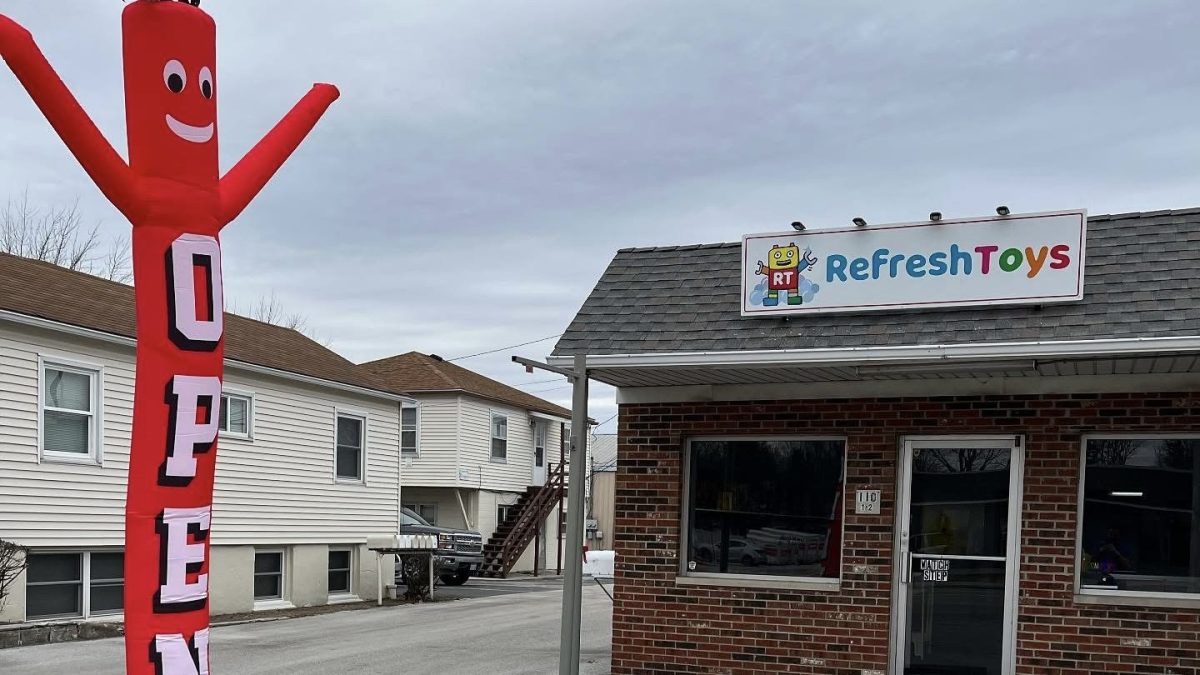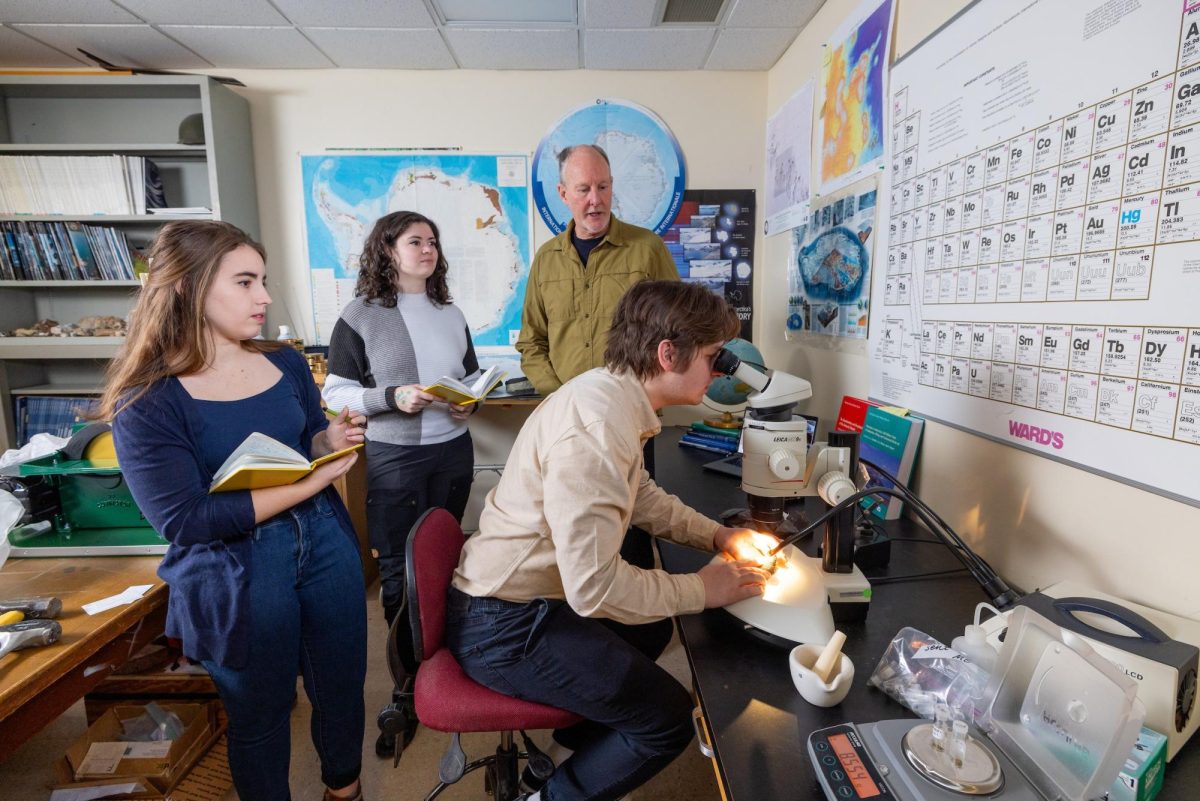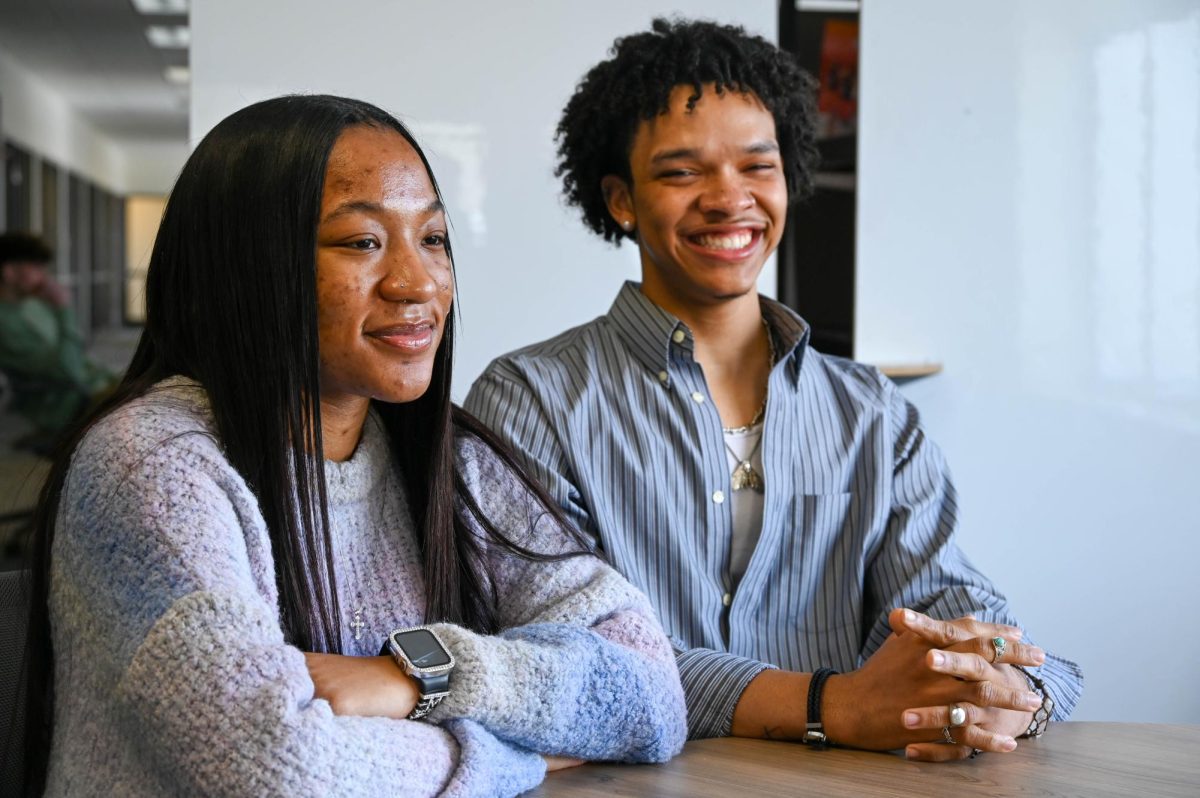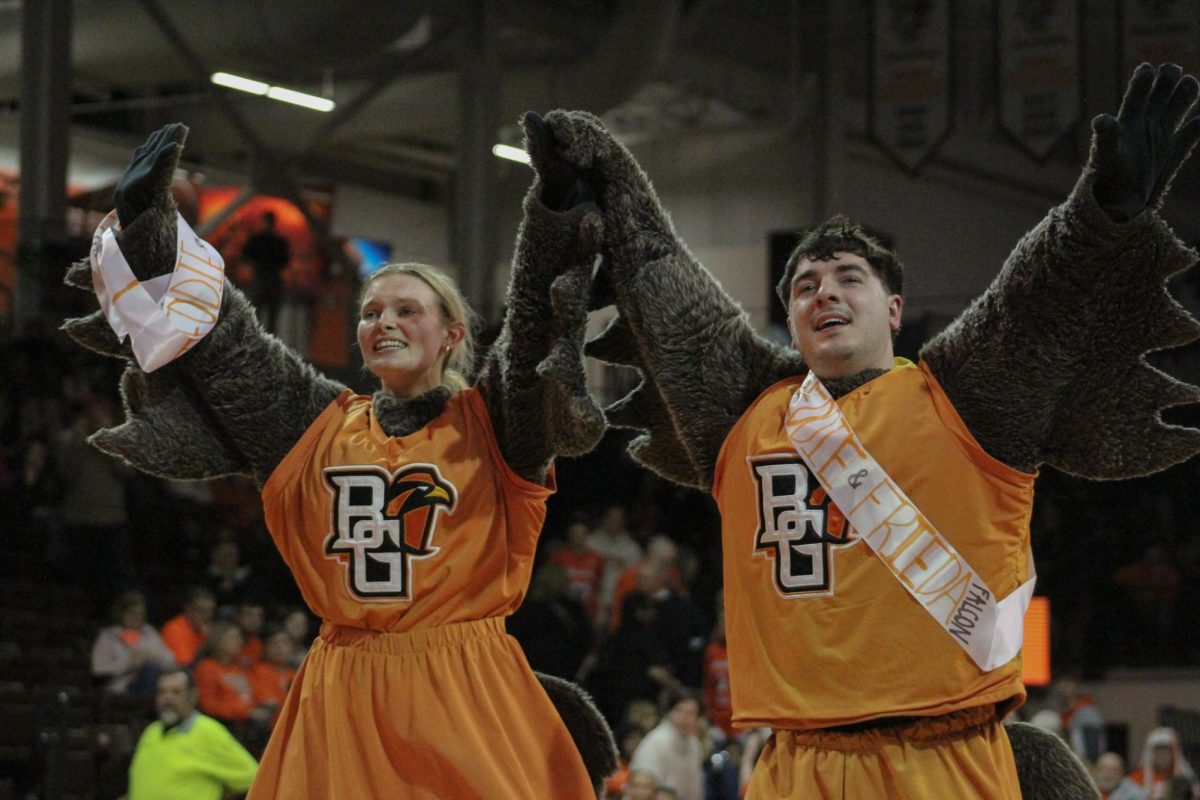The University signed an agreement to become more environmentally friendly and has been working toward reducing its carbon footprint.
The project to reduce the University’s emissions has been delayed since the agreement was signed in October 2012. The project has been delayed because of obstacles that needed attention immediately, said Nick Hennessy, director of sustainability.
“We have had four other projects called immediate tangible actions, which we are supposed to do right away,” Hennessy said.
University President Mary Ellen Mazey signed the American College and University Presidents’ Climate Commitment in 2012. The agreement commits the University to taking actions in order to achieve climate neutrality in a timely manner for the University.
As part of getting to climate neutrality, a goal is to reduce the University’s carbon footprint. A carbon footprint is how much carbon dioxide is released into the environment.
There are multiple ways for everyone to participate in reducing the carbon dioxide in the air.
“Cutting down fossil fuels, coal, commuting, heat, trash all produce carbon into the atmosphere,” Hennessy said. “It’s pretty much everything you use, so recycling more and purchasing products that don’t produce a carbon footprint would be a good start.”
Mazey has sent out two emails that Hennessy said he can recall to the students, faculty and staff asking them to participate in the data collecting to help move forward in their efforts to reduce the University’s environmental impacts.
The most recent email was sent on Nov. 15 and asked students, faculty and staff to help collect data regarding commuting, paper use and other aspects of the University to move forward to reduce carbon dioxide, according to the email.
But two emails isn’t enough to some students.
“I don’t think the emails are specific enough to what we want [from the student body], so how are students supposed to know what is going on?” said Madison Thomas, Environmental Action Group president. “This should be top priority.”
EAG is a student-run group that pushes for a more environmentally friendly campus.
Junior Josh Weinsheimer isn’t exactly sure what data the University wants to collect.
“I honestly don’t read the emails. I’m not sure that is the best way to reach out to students about something so serious,” he said. “There weren’t much details and students will have to do research to figure how to help reduce this carbon footprint.”
Campus Operations bases an accurate reading of the carbon footprint at the University on data from the past four years to show the amount of carbon dioxide that is produced.
This includes things that may have occurred in the past four years to accurately portray what determines high carbon from low carbon in the air.
“Maybe a bus or two was down that year for a while, or enrollment was low,” Hennessy said. “Four years is more safer to look at this accurately.”
Because the data is not yet complete, results will not be in until January.
The deadline can be extended for about three months, but Hennessy said he would not like to see that happen.
Neither would the EAG.
“We are really pushing to keep this project going on time,” Thomas said.
However, they won’t know how much carbon dioxide to cut until they see the problem for this year, Hennessy said.
“We know that this year’s carbon footprint will be high,” Hennessy said.
Look out for an update on the ongoing project in The BG News next semester.


